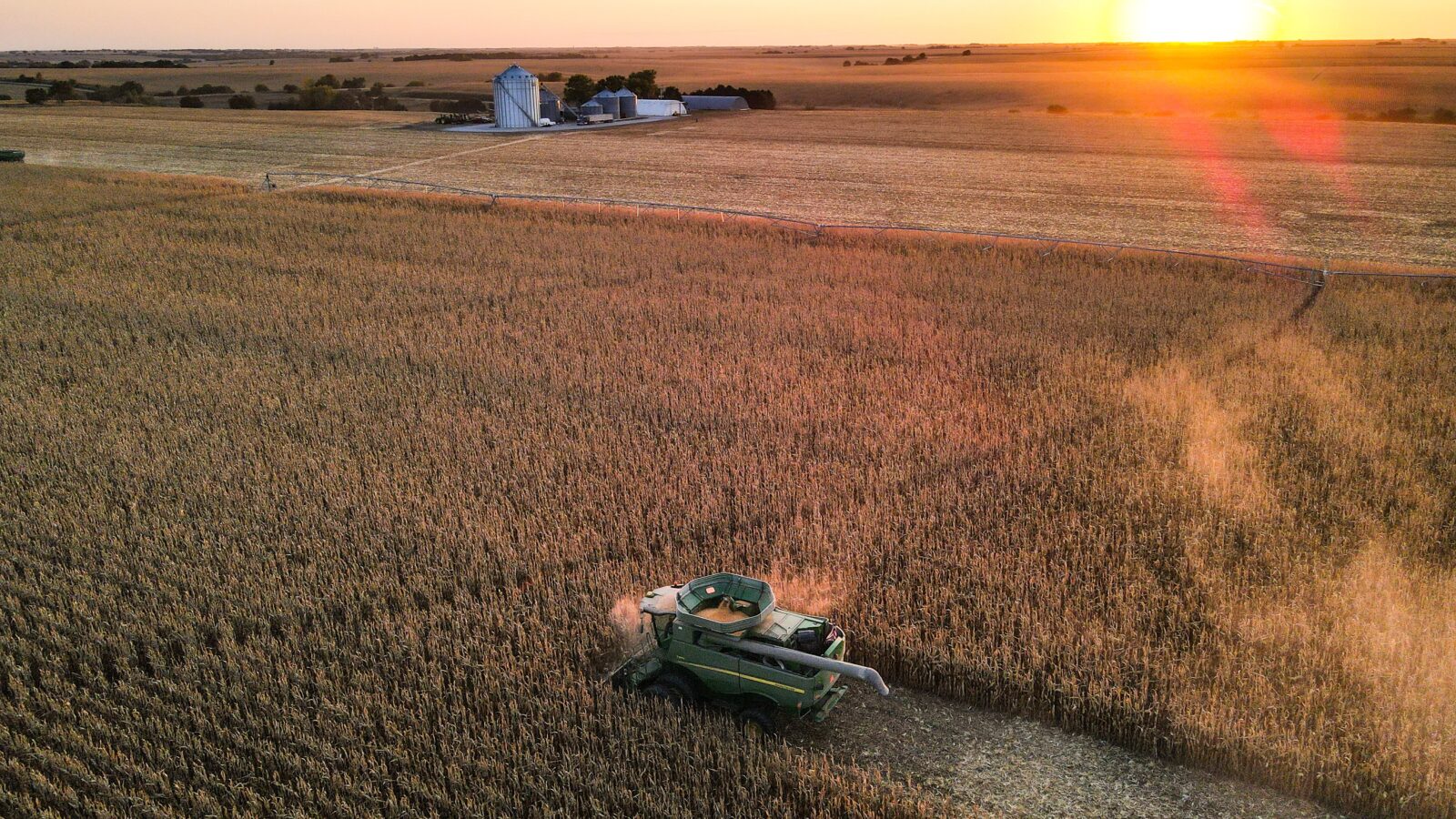
American producers will protect more than 9.7 million hectares (24 million acres) of wetlands, grasslands and wildlife habitat in 2016 through the Conservation Reserve Program (CRP), says the U.S. Department of Agriculture (USDA). This year, USDA will issue nearly $1.7 billion in payments to more than half of a million Americans who have contracts with the government to protect sensitive agricultural lands.
USDA’s Conservation Reserve Program provides financial assistance to farmers and ranchers who remove environmentally sensitive land from production and plant certain grasses, shrubs and trees that improve water quality, prevent soil erosion, and increase wildlife habitat. Under the program, landowners enter into contracts that last between 10 and 15 years. In return for enrolling in the CRP, USDA provides participants with rental payments and cost-share assistance. For this fiscal year, more than half a million hectares (1.3 million acres) were newly enrolled in CRP, triple the pace of the previous year.
According to USDA, CRP has reduced nitrogen and phosphorous runoff by 95 and 85 percent, respectively, and restored more than one million hectares (2.7 million acres) of wetlands, during its 30-year history. It has also protected more than 170,000 stream miles with riparian buffers, enough to go around the world seven times. The program provides 6,070,284 million hectares (15 million acres) that are beneficial to pollinators, and hundreds of thousands of acres of wildlife habitat that has resurrected waterfowl and gamebird populations, such as pheasants, quail and prairie chicken.
CRP has sequestered an annual average of 44,452,052 million tonnes (49 million tons) of greenhouse gases, equal to taking nine million cars off the road, and prevented nine billion tons of soil from erosion, enough to fill 600 million dump trucks.


